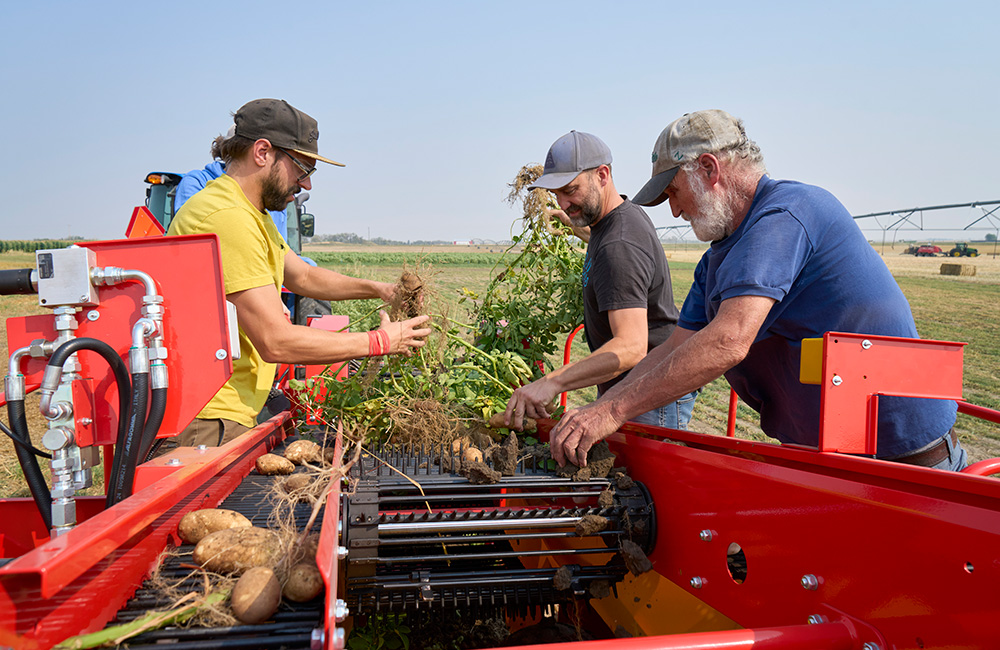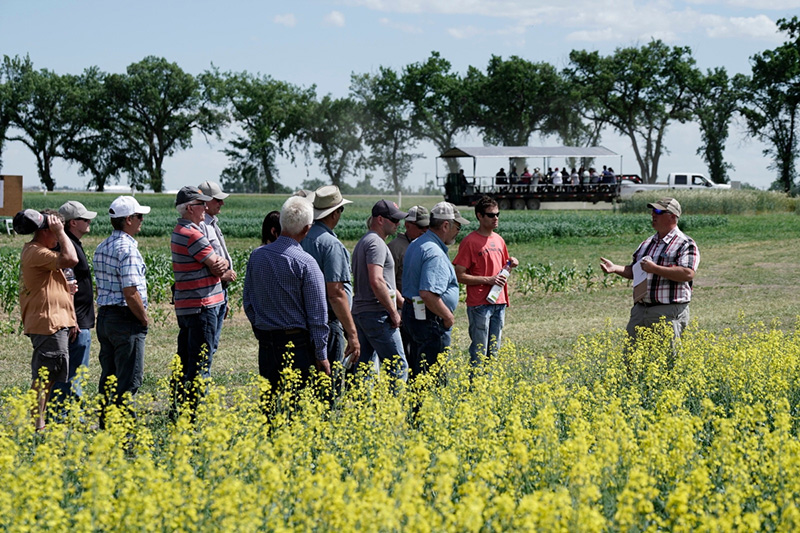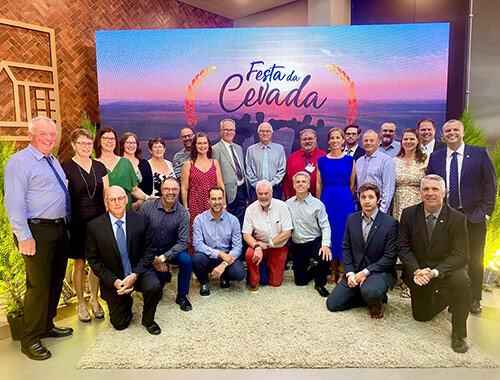By Tim Parent, Rural Roots Canada
Farming Smarter researchers are digging into a major challenge for the modern farmer: outdated fertilizer recommendations that no longer match modern crops, equipment, or growing conditions.
Mike Gretzinger and Dr. Thierry Fonville are leading a four-year project, backed by funding from RDAR, to determine how much fertilizer farmers really need and where the old advice might be steering them wrong.
“There are a lot of nutrient recommendations for crops already out there, and we found a lot of new varieties and products that are constantly being developed,” says Fonville. “We figured now would be a good time to test some of our recommendations to see what’s realistic.”
Gretzinger agrees. “Nutrient response curves were built over two decades ago, and they were done when management, seeding rates, varieties, and fungicide use were different,” he says. “We’re looking at the nutrient response work to validate whether the recommendations that we’re using today are still accurate.”
Their work will test nitrogen and phosphorus rates from “zero pounds to 200 pounds per acre,” looking for that sweet spot where fertilizer boosts yields and where too much does more harm than good.
“We’re looking at a few different crops and trying to test a wide range of fertilizer rates, just to see the response, at which point we're not getting any yield, and might even start to become toxic,” Gretzinger explains.
This is the first year of the project, and both Fonville and Gretzinger admit they had high ambitions. As a result, they’ve scaled it back to something more manageable to start. “We’re going to look at wheat, canola, corn and potatoes because those are four of the major crops in Alberta,” says Gretzinger. “We’re starting small with fewer locations and slowly scaling things up, so we can find the best practices and see what’s showing up.”
|
|
|
Mike Gretzinger (front-left) assists with the potato harvest in Farming Smarter's first year of potato research in 2024. Gretzinger will manage his own potato research trials in his Modernizing the Nutrient Response Curve project. |
To help with the work, the Farming Smarter team has partnered with Down to Earth Labs and renowned senior soil scientist Dr. Rigas Karamanos. “Rigas brings a wealth of industry knowledge and academic experience,” says Fonville. “He’s helping us with the methodology for fertilizer applications. He's advising us on how best to proceed and how best to put the fertilizer in the ground. He’s been very helpful to us.”
One challenge is the massive amount of data they expect to collect. “We’re very good at generating tons of data, so it was difficult to narrow our focus on the most common crops and core objectives without any scope creep,” Gretzinger admits. Still, the team believes that throughout the four-year run, there will be some valuable insights to share.
“We are just making sure that if you expect to grow a certain crop that’s going to produce a certain yield, how much fertilizer do you need to put on to maximize it?” says Fonville. “If you’re under-fertilizing, you might not have that maximum yield. If you’re over-fertilizing it, you’re just burning money that you may or may not get back.”
Ultimately, the team wants to ensure farmers have clear, reliable fertilizer guidelines for today’s farming challenges. As Gretzinger points out, “the project is called Modernizing the Nutrient Response Curve. It’s literally in the title because that’s exactly what we’re doing. It’s just a good idea to update the curves given all the changes in farming.”
|
|
|
Farming Smarter's Executive Director, Ken Coles, shares canola research with a group of farmers and agronomists at the Farming Smarter Field School 2022. Extension events like the Field School help bridge the gap between field research and the innovative producers applying the practices. |





